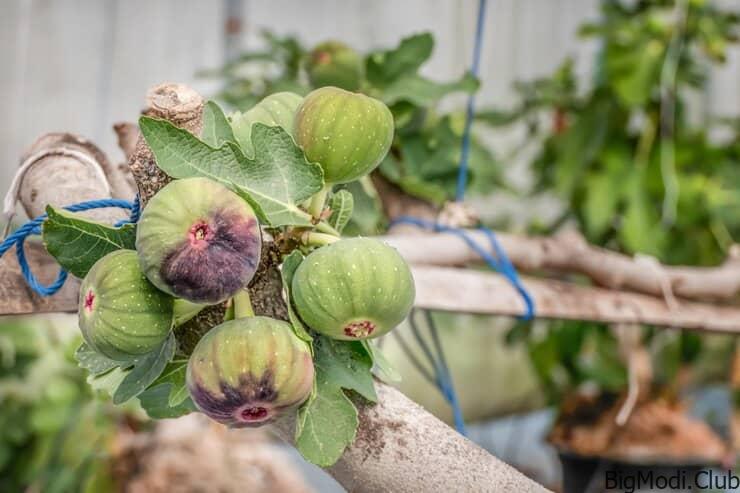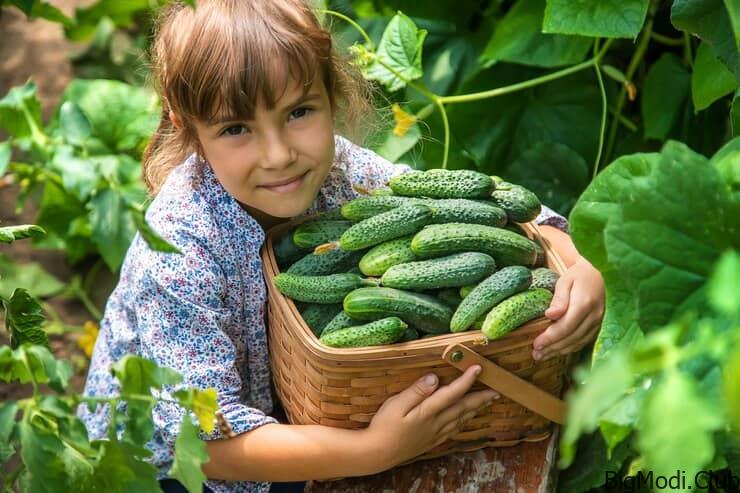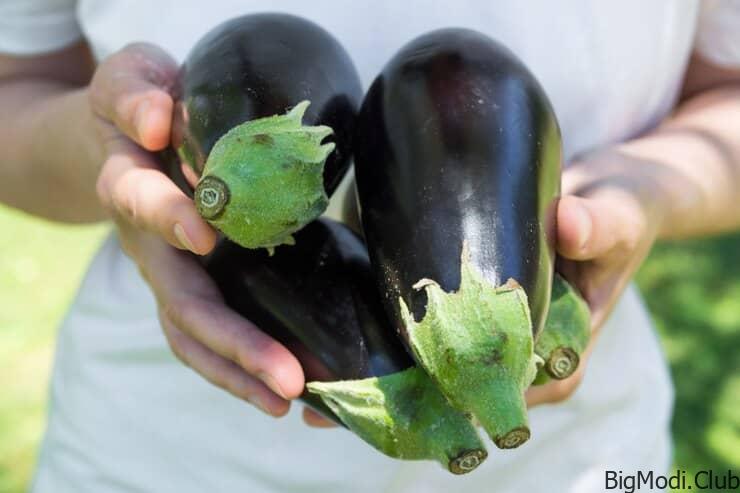Growing lettuce in coconut shells presents a unique and sustainable gardening method that is gaining popularity among urban gardeners and sustainability enthusiasts. This innovative approach not only maximizes the use of available resources but also offers a series of benefits for both the environment and the gardener. In this comprehensive guide, we explore the intricacies of cultivating lettuce using coconut shells, delving into the benefits, methods, and tips for achieving a thriving lettuce harvest.
Why Choose Coconut Shells for Growing Lettuce?
Sustainability and Environmental Impact
Using coconut shells as planting containers is an eco-friendly choice. These shells are often discarded as waste, contributing to environmental pollution. By repurposing them, we reduce waste and make use of a natural, biodegradable material. Coconut shells decompose over time, enriching the soil with organic matter and reducing the need for synthetic fertilizers.
Natural Benefits for Plant Growth
Coconut shells provide an excellent growing medium for lettuce due to their unique properties. They are porous, allowing for good drainage and preventing waterlogging, which is essential for the healthy growth of lettuce. Additionally, coconut shells contain lignin, a complex organic polymer that enhances soil structure and promotes beneficial microbial activity.
Compact and Space-Efficient
For urban gardeners with limited space, coconut shells offer a compact and efficient solution. They can be easily arranged in small spaces, such as balconies, windowsills, or even indoor gardens, making them ideal for apartment dwellers or those with minimal outdoor gardening areas.
Step-by-Step Guide to Growing Lettuce in Coconut Shells
Selecting the Right Coconut Shells
Choose coconut shells that are clean and free from mold or contamination. Ideally, the shells should be cut in half and thoroughly cleaned. Ensure there are drainage holes at the bottom to allow excess water to escape.
Preparing the Coconut Shells
- Cleaning: Rinse the coconut shells with water to remove any remaining coconut meat or husk fibers. Let them dry completely before use.
- Drilling Drainage Holes: If your shells do not have natural openings, use a drill to create small holes at the bottom for drainage. This step is crucial to prevent water from accumulating and causing root rot.
- Adding a Liner: To retain soil and nutrients, line the interior of the shells with a layer of coconut coir or a piece of burlap. This liner will also help to retain moisture while allowing for proper drainage.
Filling the Coconut Shells with Soil
Use a well-draining potting mix suitable for lettuce. A mixture of coconut coir, compost, and perlite is ideal. Fill the coconut shells with this soil mix, leaving about an inch of space from the top to prevent overflow when watering.
Planting Lettuce Seeds
- Choosing Seeds: Select lettuce varieties that are well-suited for container gardening. Leaf lettuce, butterhead, and romaine are excellent choices.
- Sowing Seeds: Plant the seeds according to the instructions on the seed packet, typically about ¼ inch deep. Lightly cover the seeds with soil and gently pat down.
- Watering: Water the seeds thoroughly but gently to avoid displacing them. Keep the soil consistently moist but not waterlogged.
Caring for Your Lettuce Plants
- Light Requirements: Lettuce needs plenty of sunlight to thrive. Place the coconut shells in a location that receives at least 6 hours of direct sunlight each day. If growing indoors, consider using grow lights to supplement natural light.
- Watering: Maintain consistent moisture levels in the soil. Check the soil daily and water when the top inch feels dry. Be careful not to overwater, as this can lead to root rot.
- Feeding: Lettuce is a relatively light feeder. Use a balanced, water-soluble fertilizer every 2-4 weeks to provide necessary nutrients. Organic options like fish emulsion or compost tea are excellent choices.
Common Challenges and Solutions
Pest Management
Lettuce is susceptible to pests such as aphids, slugs, and snails. To manage these pests, employ organic methods such as:
- Neem Oil: Spray neem oil solution on the leaves to deter aphids and other small insects.
- Handpicking: Regularly check for slugs and snails, removing them by hand.
- Barriers: Use copper tape or diatomaceous earth around the shells to deter slugs and snails.
Preventing Disease
Fungal diseases such as downy mildew can affect lettuce. To prevent these:
- Ensure Proper Airflow: Arrange the coconut shells to allow for adequate air circulation.
- Avoid Overwatering: Ensure proper drainage and avoid waterlogging the soil.
- Use Disease-Resistant Varieties: Opt for lettuce varieties that are resistant to common diseases.
Harvesting and Using Your Homegrown Lettuce
When to Harvest
Lettuce can be harvested at various stages, depending on your preference:
- Baby Greens: Harvest young leaves when they are about 3-4 inches tall.
- Mature Leaves: For full-sized leaves, wait until the plant is well-developed but before it bolts (goes to seed).
Harvesting Techniques
Use clean, sharp scissors or a knife to cut the leaves. Harvesting in the morning is ideal as the leaves are crisp and hydrated. Cut the outer leaves first, allowing the inner leaves to continue growing for multiple harvests.
Storing Lettuce
After harvesting, rinse the leaves thoroughly and dry them using a salad spinner or paper towels. Store the lettuce in the refrigerator, ideally in a perforated plastic bag or a container lined with a damp paper towel to maintain freshness.



